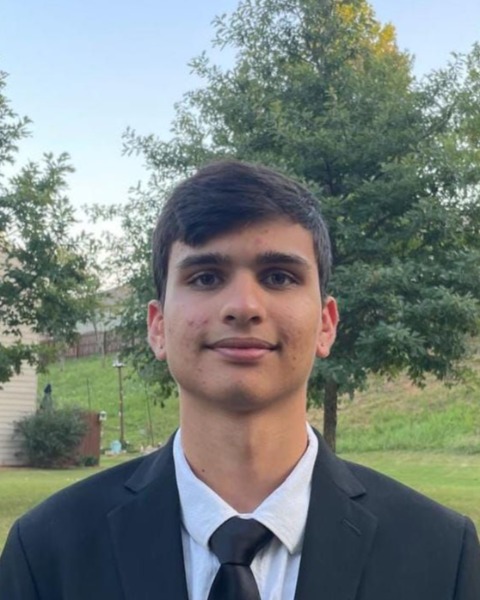Spine
Comparing Rhizotomy and Deep Brain Stimulation in Initial Treatment of Multiple Sclerosis: Meta Analysis of 230 Cases

Radhesh K. Gupta, N/A
Researcher
Georgia Institute of Technology
Presenting Author(s)
Introduction: Multiple Sclerosis is an autoimmune disease affecting the brain and spinal cord across the Central Nervous System which affects approximately 35.9 per 100,000 people. Rhizotomy and Deep Brain Stimulation have shown benefits in treating Multiple Sclerosis. In this systematic review, we aim to compare and evaluate the outcomes of Rhizotomy and Deep Brain Stimulation in the treatment of Multiple Sclerosis.
Methods: This systematic review was conducted according to PRISMA guidelines. Notable databases were utilized for sources: Pubmed, Embase, and Web of Science. Baseline characteristics, type of procedure, doses, outcomes, survival, follow-up time, tumor locations, receipt of surgery, and recurrence of Multiple Sclerosis was recorded. Screening was done with Rayyan.ai and quality assessment was done with the Joanna-Briggs critical appraisal research tool.
Results: After initial review of 72 articles, screening was conducted, resulting in 15 articles, totaling to 230 patients. The average weighted recovery rate for Deep-Brain Stimulation was 69.61% encompassing 10 studies, involving complications such as seizures, hemiparesis, and subtle memory effects. In comparison, Rhizotomy had a weighted recovery rate of 78.77% with acute pain relief in 96.6% of patients and long-term relief in 69.1%. In particular sample sizes, Rhizotomy had a recurrence rate of 29.4% across 17 patients while DBS had a rate of 31% across 30 patients. Even so, although DBS and Rhizotomy have varying uses, they both show potential in providing relief & treatment of Multiple Sclerosis.
Conclusion : Based on survival, recurrence, and other analyzed outcomes, we find that both Deep Brain Stimulation and Rhizotomy are considered effective in treatment of Multiple Sclerosis, with Rhizotomy having slightly improved outcomes in select populations. However, there needs to be future homogenous data sets to further evaluate this conclusion and associated implications.
Methods: This systematic review was conducted according to PRISMA guidelines. Notable databases were utilized for sources: Pubmed, Embase, and Web of Science. Baseline characteristics, type of procedure, doses, outcomes, survival, follow-up time, tumor locations, receipt of surgery, and recurrence of Multiple Sclerosis was recorded. Screening was done with Rayyan.ai and quality assessment was done with the Joanna-Briggs critical appraisal research tool.
Results: After initial review of 72 articles, screening was conducted, resulting in 15 articles, totaling to 230 patients. The average weighted recovery rate for Deep-Brain Stimulation was 69.61% encompassing 10 studies, involving complications such as seizures, hemiparesis, and subtle memory effects. In comparison, Rhizotomy had a weighted recovery rate of 78.77% with acute pain relief in 96.6% of patients and long-term relief in 69.1%. In particular sample sizes, Rhizotomy had a recurrence rate of 29.4% across 17 patients while DBS had a rate of 31% across 30 patients. Even so, although DBS and Rhizotomy have varying uses, they both show potential in providing relief & treatment of Multiple Sclerosis.
Conclusion : Based on survival, recurrence, and other analyzed outcomes, we find that both Deep Brain Stimulation and Rhizotomy are considered effective in treatment of Multiple Sclerosis, with Rhizotomy having slightly improved outcomes in select populations. However, there needs to be future homogenous data sets to further evaluate this conclusion and associated implications.

.jpg)